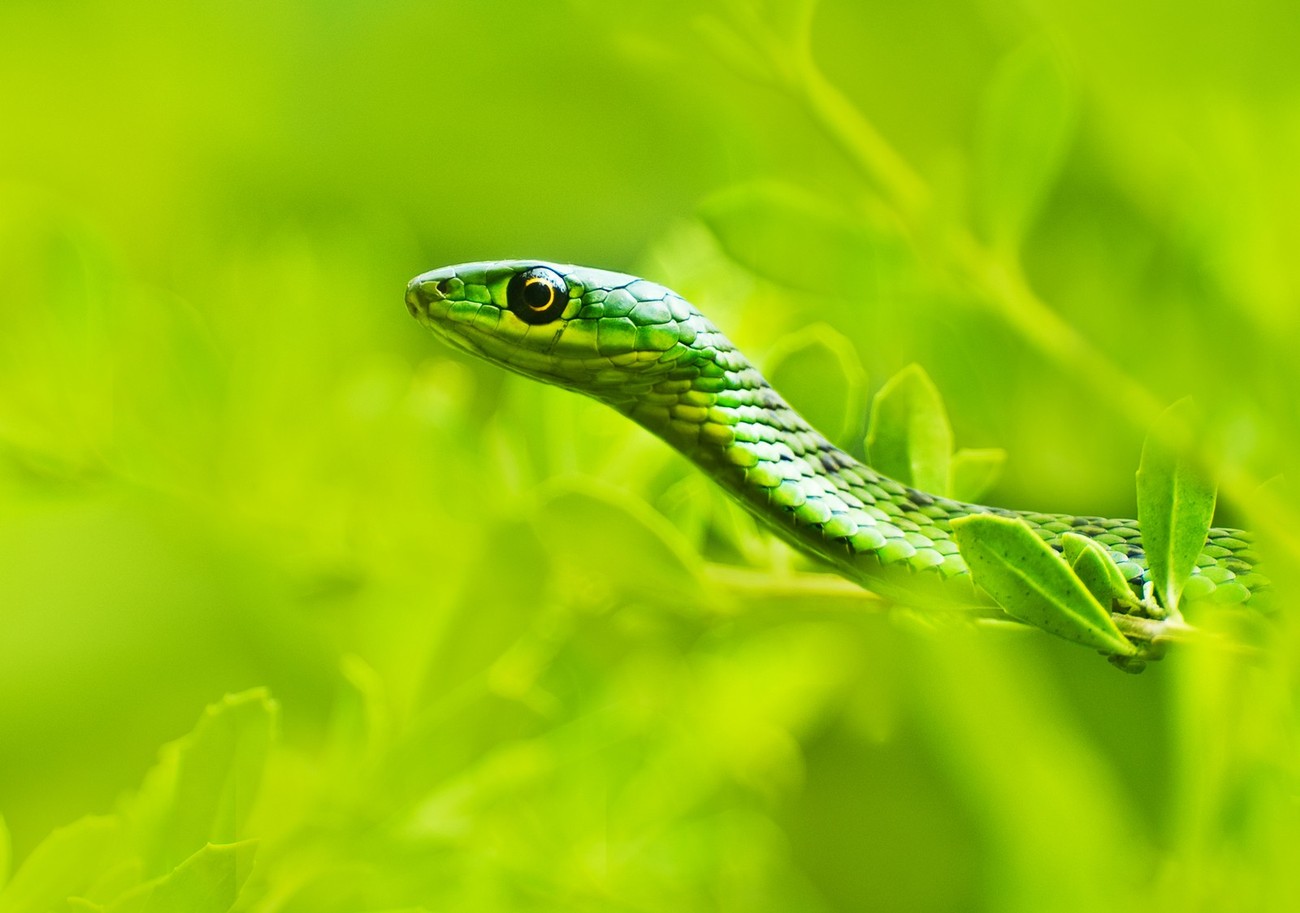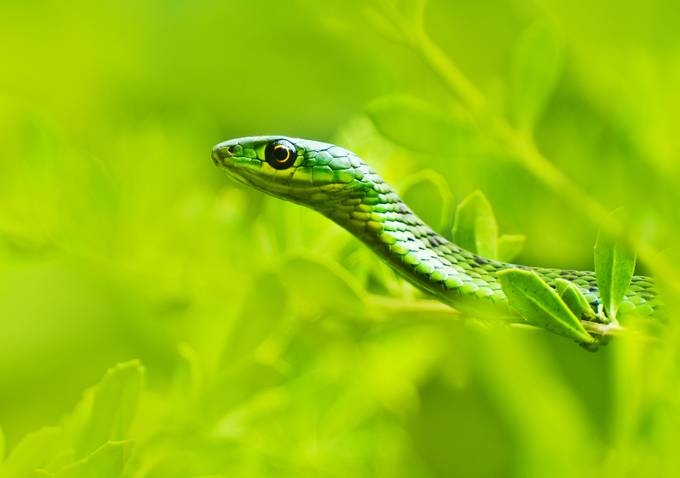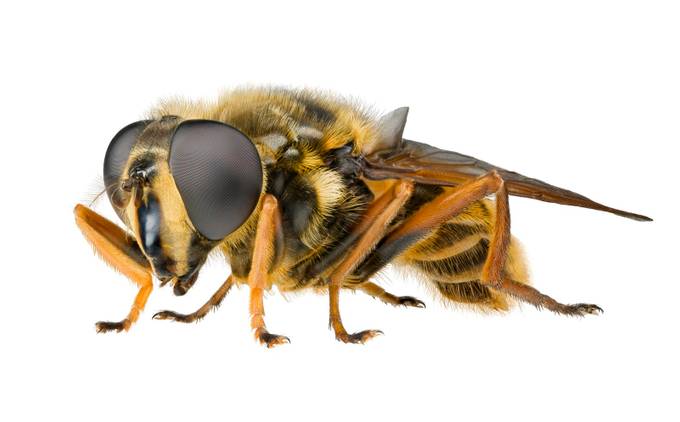We are excited to present a Q&A with mrwildie. Enjoy the conversation about the techniques and story behind this awarded photo. Get inspired and get ready for the next photo contest. Photographing animals in the wild is dangerous, tricky and there are a lot of resources needed to be at the right place and right time while trying to accomplish a successful shot:
"I'm a photographer with a Ba(Hons) in wildlife and Environmental photography, I specialise in macro and Scientific hyper-macro images of invertebrates.." - mrwildie
1. Where did you take this photo?
This image was taken in the Durban area of South Africa.
2. What time of day?
The Durban green snake image was taken around 11am. It was a very hot sunny day .
3. Anything worth sharing about lighting?
I took this image using day light only. The light was very good on the day. I usually use speedlight bounced of a white reflector or a twin macro speedlight set up.
4. What equipment did you use?
To take this shot I used a Nikon D300 camera body with a 300mm f2.8 prime telephoto lens. Hand held
with natural light.
5. What inspired you to take this photo?
The area of Durban that I was working in is known for its healthy and divers population of snakes. This would normally be enough to inspire me to plan and take this shot, however it was actually another photographer Robert Thompson who specialises in bright clear close up shots of invertebrates. It was his style of image that was my inspiration in this image.
6. Did you do any post-processing? If yes, tell us about it!
I try to do as little as possible in the way of post processing. That said some shots need more attention than others. In creating this image I used a little curves, the clone tool and a small amount of sharpening. I was trained to think that one can make a good image great by post processing correctly, but never a poor image good.
7. What equipment do you normally have in your bag?
When shooting macro or close up, I carry in my photo bag two lenses a Nikon 60mm f2.8 micro lens. a Nikon105mm f2.8 macro lens. an 800 Nikon speedlight plus a Nikon twin macro speedlight system a white reflector to bounce light off and four camera batteries plus plenty of other batteries for the speedlights.
8. Any advice for others trying to capture something similar?
Always research what you're going to photograph. The Durban green snake which is non poisonous can very easily be mistaken for the Green Mamba which is deadly poisonous both snakes should be treated with respect. The difference between these to species is the habitat in which they can be found. A bit of research is always a good idea.






